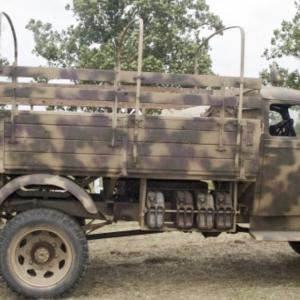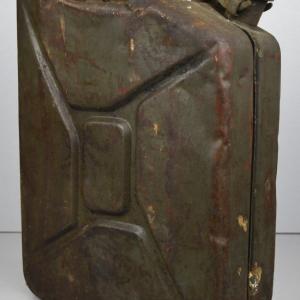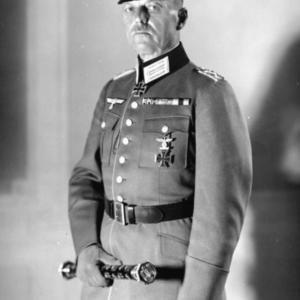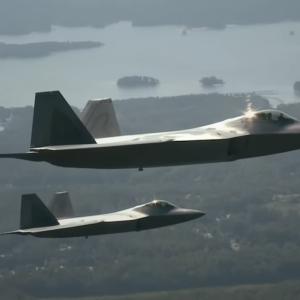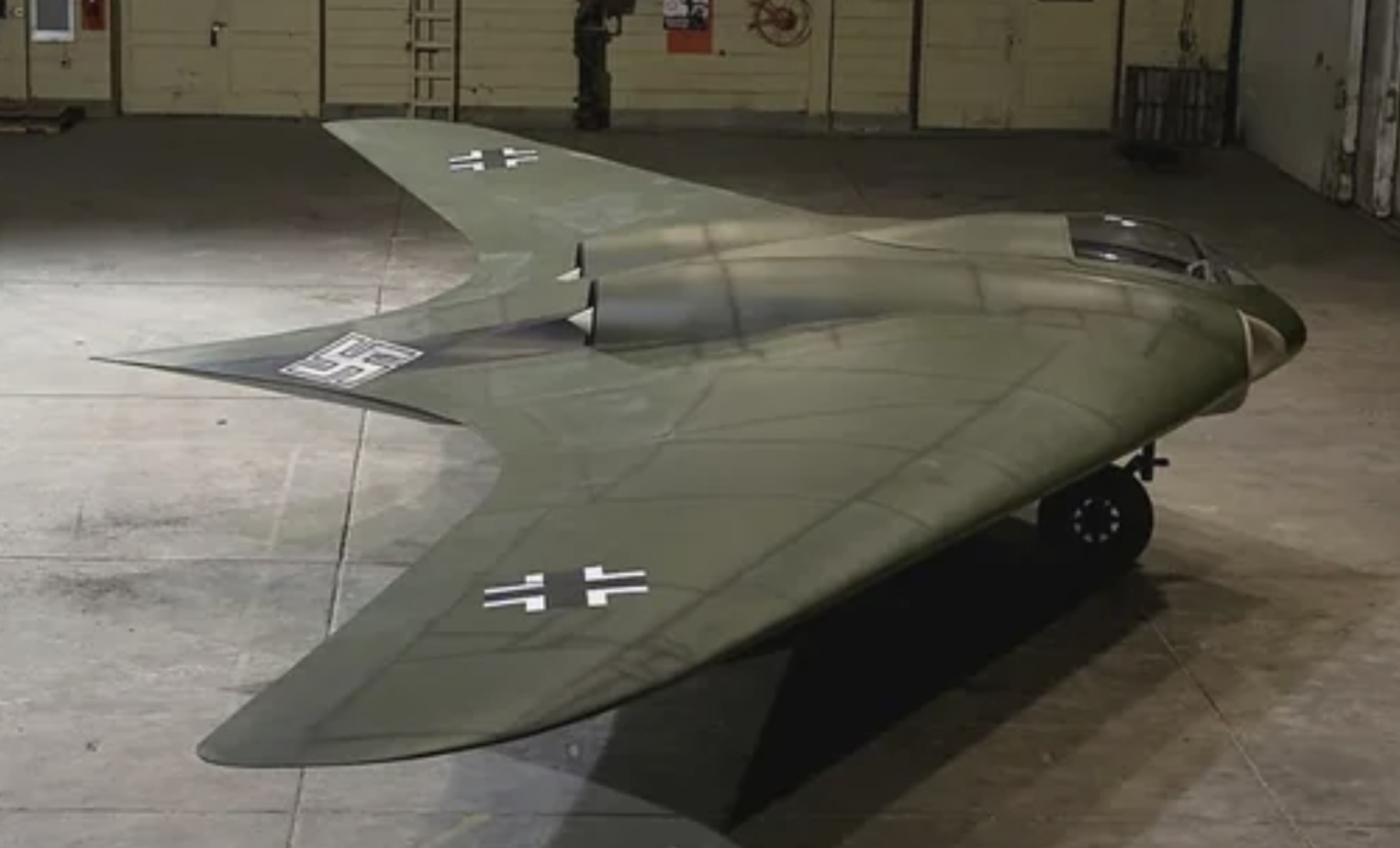
Horton 229 plane
The Horten Ho 229, also known as the Horten H.IX, was an experimental flying wing aircraft developed by the Horten brothers, Walter and Reimar Horten, in Nazi Germany during the final years of World War II. Commissioned by the Luftwaffe under the visionary Jäger-Notprogramm (Emergency Fighter Program), the Ho 229 was intended to be a high-speed, jet-powered fighter capable of challenging Allied air superiority. What set the Ho 229 apart was not just its futuristic design, but the way it embodied revolutionary aerodynamic and stealth principles decades ahead of their time.
The Horten brothers, both Luftwaffe pilots and self-taught engineers, had long been experimenting with flying wing designs. Their goal was to reduce drag and improve aerodynamic efficiency by eliminating the fuselage and tail surfaces. This led to the clean, bat-like appearance of the Ho 229. The aircraft featured swept wings with no conventional tail, which significantly reduced parasite drag—a concept now standard in stealth and high-speed aviation.
Perhaps the most astonishing aspect of the Ho 229 was its stealth-like properties. Although the term “stealth” was not in use at the time, the aircraft’s radar cross-section was theoretically reduced by its design. Tests by Northrop Grumman in the 2000s on a full-size reproduction confirmed that the wooden composite structure and shape could have made it harder to detect by radar of the 1940s, giving it a potential edge in survivability.
The Ho 229 was designed to be powered by two Junkers Jumo 004B turbojet engines—the same engines used in the Messerschmitt Me 262. These gave it a projected top speed of 977 km/h (607 mph), which was significantly faster than many Allied piston-engine fighters. The estimated range was 1,900 km (1,200 miles), and it was to be armed with two 30 mm MK 108 cannons, powerful enough to bring down heavy bombers.
One of the unique features of the Ho 229 was its use of non-metallic materials. To reduce weight and radar visibility, large portions of the airframe were constructed from wood and carbon-impregnated plywood. This was partly due to material shortages in wartime Germany, but the unintended consequence was the enhancement of its radar-deflecting properties.
The cockpit was buried in the center of the wing, with a bubble canopy. The aircraft had tricycle landing gear and utilized elevons (combined elevator and aileron surfaces) for pitch and roll control, and split drag rudders on the wingtips for yaw. These systems made the aircraft highly advanced for its time but also posed challenges in stability, as flying wings are naturally more difficult to control without advanced flight computers—something that didn’t exist during WWII.
The development of the Ho 229 was plagued by delays, primarily due to the complexity of the design and the worsening war situation. The first unpowered glider prototype, the Ho 229 V1, flew successfully in March 1944. The first powered prototype, V2, took to the air in December 1944 but crashed shortly after due to an engine failure. A third prototype, V3, was under construction when American forces captured the facility at Friedrichroda in April 1945. The nearly complete V3 was shipped to the United States as part of Operation Paperclip and remains in storage at the Smithsonian Institution’s Udvar-Hazy Center.
Although it never saw combat, the Horten Ho 229 remains one of the most visionary aircraft designs of the 20th century. Its sleek, futuristic silhouette and stealth-like qualities foreshadowed postwar advancements in jet and stealth aviation, influencing designs such as the Northrop Grumman B-2 Spirit stealth bomber. The aircraft’s legacy endures as a testament to the Horten brothers’ radical thinking and their bold attempt to leap generations ahead in aeronautical design—at a time when the world was still locked in a war defined largely by piston engines and propeller-driven flight.

